
8,000-Year-Old Life Traces Unearthed in Delikli Cave, Bitlis: From Prehistory to the Urartians
Archaeologists excavating Delikli Cave in Türkiye’s Bitlis Province have uncovered traces of human life dating back 8,000 years — including obsidian tools, handmade pottery, Urartian-era burials, and medieval building remains — revealing a rare continuum of settlement from prehistory through the Middle Ages.
Perched about 60 meters above the current level of Lake Van in the Adilcevaz district, Delikli Cave has become a key site for understanding the deep human past of eastern Anatolia. The excavations are being conducted under the direction of the Ahlat Museum, with permission and support from Türkiye’s Ministry of Culture and Tourism, and scientific supervision by Dr. Sinan Kılıç of Van Yüzüncü Yıl University.
Layers of Time: From Neolithic Camps to Urartian Tombs
Over two seasons of fieldwork, archaeologists have documented five cultural layers. The fourth layer yielded obsidian tools and handmade ceramic fragments dating to the early Neolithic, suggesting that the cave served as a temporary camp for prehistoric communities living along the ancient shoreline of Lake Van. These finely worked obsidian blades are thought to have originated from the volcanic sources around Erciş’s Meydan Mountain.

In the third layer, the team discovered an Urartian-period collective burial that had been disturbed in antiquity — possibly by early treasure hunters. The burial contained human remains alongside jewelry such as beads, a seashell pendant shaped like a serpent’s head, iron knives, and ceramic vessels. Above this, researchers identified the lime-plastered floor of a medieval structure, partially built over the earlier tombs.
📣 Our WhatsApp channel is now LIVE! Stay up-to-date with the latest news and updates, just click here to follow us on WhatsApp and never miss a thing!!
According to Dr. Kılıç, the stratigraphy reveals a continuous sequence of activity:
“We are seeing evidence of occupation stretching from the prehistoric period to the Urartian kingdom and into the Late Middle Ages. The obsidian and handmade ceramics we uncovered here fill a major gap in our understanding of the prehistoric archaeology of Lake Van and Eastern Anatolia.”

A Prehistoric Landscape by a Shifting Lake
Beneath the Urartian layer, excavators reached a sandy deposit — clear proof that the lake once extended much closer to the cave’s entrance. This suggests that the prehistoric inhabitants who camped here lived on what was then the ancient lakeshore, relying on Lake Van’s abundant resources for food and raw materials.
Dr. Kılıç notes that the discovery of obsidian artifacts made from both dark and transparent, glass-like materials could significantly reshape regional chronologies:
“The Van basin has been intensively studied in recent years, yet we had never seen this type of obsidian industry before. These finds will influence how we interpret prehistoric life not only in Eastern Anatolia but across Southwest Asia.”

Urartu Echoes and Medieval Reuse
The Urartian artifacts — dated roughly to the 9th–7th centuries BCE — indicate that the site retained ritual or funerary significance long after its prehistoric use. The later medieval structure built above suggests that Delikli Cave continued to be reused for habitation or shelter in subsequent centuries, linking three major cultural horizons of Anatolian history in a single location.
As excavations continue, the findings from Delikli Cave will undergo conservation and laboratory study at the Ahlat Museum. The team plans to resume work next year, expanding their focus on the region’s prehistoric settlement networks and trade in obsidian tools — one of the key commodities of early Anatolian societies.
You may also like
- A 1700-year-old statue of Pan unearthed during the excavations at Polyeuktos in İstanbul
- The granary was found in the ancient city of Sebaste, founded by the first Roman emperor Augustus
- Donalar Kale Kapı Rock Tomb or Donalar Rock Tomb
- Theater emerges as works continue in ancient city of Perinthos
- Urartian King Argishti’s bronze shield revealed the name of an unknown country
- The religious center of Lycia, the ancient city of Letoon
- Who were the Luwians?
- A new study brings a fresh perspective on the Anatolian origin of the Indo-European languages
- Perhaps the oldest thermal treatment center in the world, which has been in continuous use for 2000 years -Basilica Therma Roman Bath or King’s Daughter-
- The largest synagogue of the ancient world, located in the ancient city of Sardis, is being restored

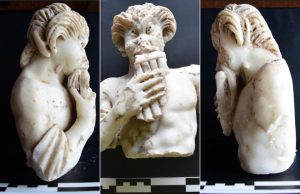
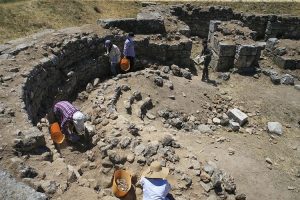
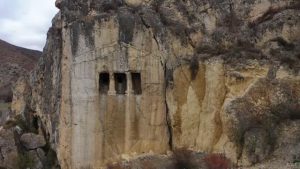
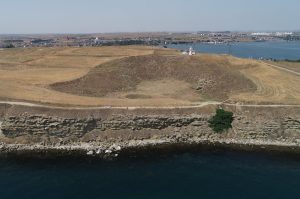
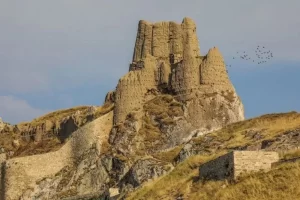
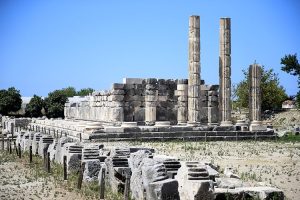
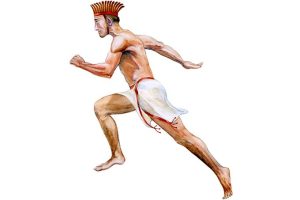

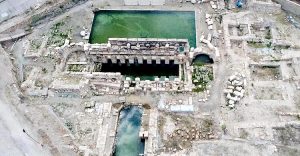
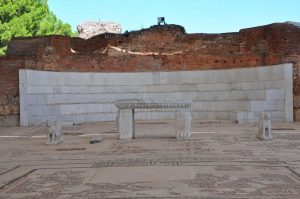
Leave a Reply